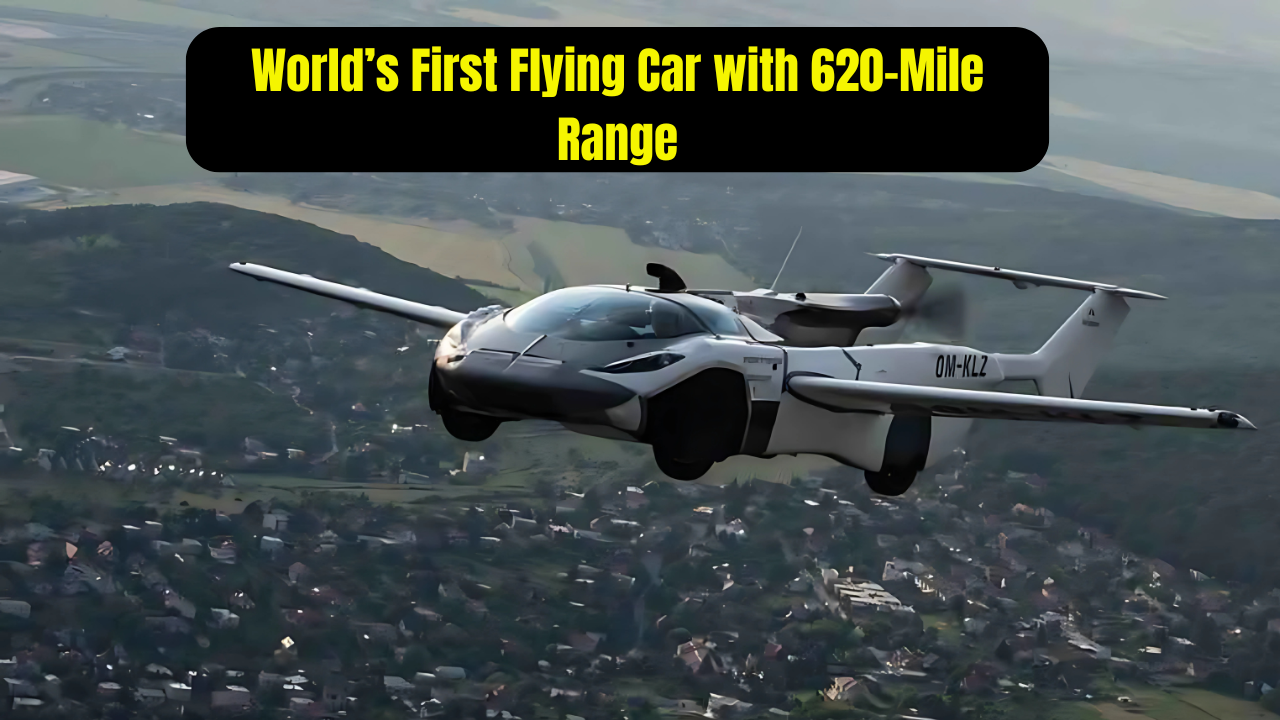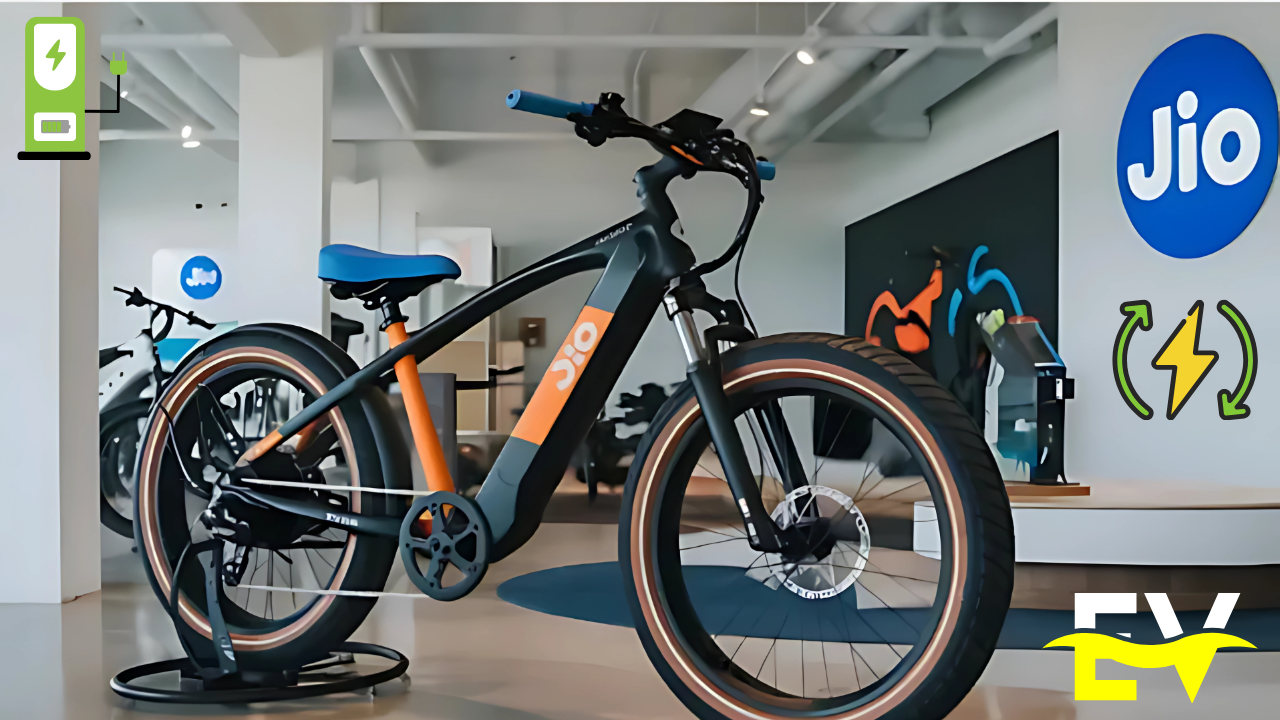After decades of science fiction promises, the dream of personal flying cars is becoming tangible reality. Klein Vision’s AirCar, a groundbreaking dual-mode vehicle, represents more than three decades of engineering persistence finally coming to fruition. This isn’t just another concept vehicle destined to gather dust in a garage – it’s a certified, production-ready aircraft that doubles as your daily driver.
Also Read:- First Flying Car Gets Powerful Electric Motor, Hits 100 mph on Road
The Journey from Dream to Reality
Slovakia-based visionary Štefan Klein didn’t just wake up one morning deciding to build flying cars. His journey began in the late 1980s when personal computers were still novelties and the internet was barely a whisper. Through countless iterations, over 500 test flights, and what I imagine were some seriously nerve-wracking moments, Klein and his dedicated team have crafted something that would make the Jetsons jealous.
What sets Klein Vision apart from the graveyard of failed flying car projects isn’t just their persistence – it’s their practical approach. While competitors burned through hundreds of millions in funding, Klein’s team achieved their breakthrough on a comparatively modest budget, proving that sometimes ingenuity trumps deep pockets.
Engineering Marvel: How the Transformation Works
Picture this: you’re stuck in morning traffic, watching the clock tick away precious minutes. Instead of accepting defeat, you drive to the nearest runway, press a button, and watch your car morph into an aircraft in just 80 seconds. No manual assembly required, no PhD in aeronautical engineering needed.
The transformation process feels almost magical. Wings gracefully unfold from the vehicle’s body while the tail section extends automatically. Your familiar steering wheel transforms into a proper flight yoke, and additional pedals emerge for rudder control. Everything locks into place with mechanical precision that would make Swiss watchmakers proud.
Road Performance Specifications
| Specification | Details |
|---|---|
| Top Speed (Road) | 124 mph |
| Dimensions | Similar to Mercedes S-Class length |
| Width | Standard parking spot compatible |
| Fuel Type | High-octane gasoline |
| Seating | 2 passengers (current model) |
Flight Performance Specifications
| Specification | Details |
|---|---|
| Cruising Speed | 155 mph |
| Maximum Range | 620 miles |
| Service Ceiling | 10,000 feet (unpressurized) |
| Transformation Time | 80 seconds |
| Runway Required | Yes (standard airport) |
Power and Performance: Three Engine Options
Klein Vision isn’t playing around when it comes to power. They’ve partnered with South African company Adept Airmotive to offer three distinct 3.2-liter V6 engine configurations. The base model delivers a respectable 280 horsepower – enough to make your daily commute exciting whether you’re earthbound or airborne.
For those who demand more thrust, the top-tier twin-turbocharged variant pumps out 340 horsepower. That’s supercar territory, folks. On the road, the AirCar handles like a well-tuned sports coupe, while in the air, it maintains the stability and control characteristics that pilots expect from quality aircraft.
Engine Options Comparison
| Model | Power Output | Configuration | Intended Use |
|---|---|---|---|
| Base | 280 HP | Naturally Aspirated V6 | Standard operations |
| Mid-Range | 310 HP | Enhanced V6 | Improved performance |
| Performance | 340 HP | Twin-Turbo V6 | Maximum capability |
Legal Requirements and Licensing
Here’s where reality bites a little. Operating the AirCar isn’t as simple as buying a car and flying away into the sunset. You’ll need two distinct licenses: a standard driver’s license for road operation and a private pilot’s license for flight operations.
The good news? Klein Vision designed the flight controls to feel familiar to licensed pilots. If you already hold a private pilot certificate, you won’t need additional training specific to the AirCar. The bad news? Getting a pilot’s license requires significant time, effort, and financial investment – typically $8,000 to $15,000 and months of training.
Pricing and Target Market
Let’s address the elephant in the hangar: cost. The AirCar carries a price tag between $800,000 and $1.2 million, placing it squarely in luxury supercar and small aircraft territory. This isn’t a vehicle for weekend warriors or casual enthusiasts – it’s designed for ultra-high-net-worth individuals, business executives who value time over money, and potentially air taxi operators.
Think of it this way: you’re not just buying a car or an airplane – you’re purchasing the ultimate transportation flexibility. Skip traffic jams, avoid crowded airports, and travel point-to-point with unprecedented convenience.
Future Developments and Innovations
Klein Vision isn’t resting on their current success. Plans include expanded seating configurations with three and four-passenger variants, addressing the practical needs of families and small business teams. Perhaps most intriguingly, they’re developing an amphibious version capable of water landings.
Imagine island-hopping in the Caribbean or reaching remote fishing spots that traditional vehicles simply cannot access. The amphibious variant opens entirely new categories of adventure and utility that extend far beyond conventional transportation.
Competitive Landscape Analysis
The flying car industry resembles a battlefield littered with ambitious failures. Companies have spent hundreds of millions developing vehicles that never progressed beyond flashy concept videos. Klein Vision’s approach differs fundamentally – they focused on actual certification and real-world functionality rather than generating investor excitement.
Their four-wheel configuration ensures genuine road legality in most jurisdictions, unlike hybrid designs that compromise both driving and flying performance. This practical approach positions the AirCar as a legitimate transportation solution rather than an expensive toy.
Frequently Asked Questions
Q: Do I need special training to operate the AirCar? No additional aircraft-specific training is required if you already hold a private pilot’s license, as the controls are designed to feel familiar to licensed pilots.
Q: Where can I legally take off and land with the AirCar? You must use certified airports and runways, as the AirCar requires proper runway facilities for safe takeoff and landing operations.
Q: What happens if the AirCar breaks down while flying? Like all certified aircraft, the AirCar includes standard aviation safety systems and emergency procedures, though specific emergency protocols haven’t been publicly detailed yet.
The Bottom Line: Transportation Revolution or Expensive Novelty?
The Klein Vision AirCar represents genuine progress toward practical personal aviation. While the price point limits immediate market adoption, early adopters will pioneer a transportation paradigm that could eventually become mainstream. Whether you’re a wealthy early adopter or simply someone fascinated by transportation innovation, the AirCar proves that sometimes, the most ambitious dreams eventually take flight.
As we stand on the brink of 2026 deliveries, one thing seems certain: the age of personal aviation is no longer a distant fantasy – it’s about to become an exclusive reality for those bold enough to embrace it.


